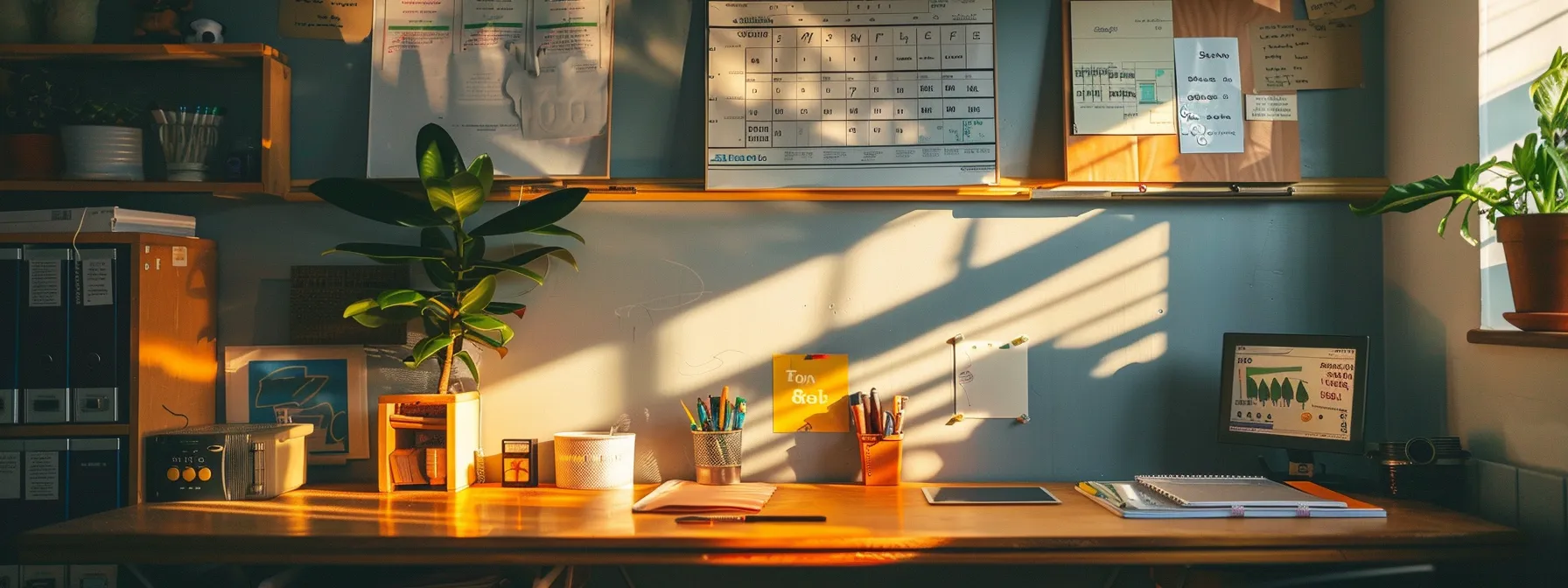The transition to remote learning has necessitated a reassessment of our living spaces. For students and educators alike, creating a functional office that caters to the demands of virtual classrooms is not just a convenience but a necessity for successful learning. Equipped with the right environment and tools, anyone can transform a corner of their home into a dynamic educational hub. Keep reading to uncover the essential steps towards building an effective remote classroom in the comfort of your home.
Designating the Right Space for Remote Learning
To set up a remote learning office, choose a quiet, well-lit, and away from high-traffic areas. Consider a partition or room divider to create a clear boundary between the learning space and the rest of the home. Personalize the space with inspirational quotes, educational posters, or a small plant to inspire and motivate. Keep the area tidy and organized, with storage units for textbooks and notebooks. A clutter-free environment aids in maintaining focus.
Accessibility is crucial, ensuring all necessary resources are within reach without disrupting the study flow. Proper placement of supplies ensures immersion in the learning process, including a reliable power source and good natural or artificial lighting. A clutter-free environment is essential for a focused and productive learning environment.
Optimizing Your Workspace for Productivity and Focus
Optimizing your workspace involves creating an environment that encourages concentration and minimizes distractions. Keep your workspace strictly for studying, avoiding eating, or leisure activities. Use time management tools like digital calendars, alarm clocks, or timers to track classes and study periods. Incorporate breaks to avoid burnout and use techniques like the Pomodoro method for maintaining focus.
Decor and color can impact mood and energy levels, with calming colors creating a tranquil backdrop. Brighter colors can provide motivation, but avoid overly stimulating or distracting. Mindfulness and stress relief should also be part of your workspace optimization, such as a yoga mat or background music device. A balanced environment is crucial for sustaining productivity.
Essential Tech and Connectivity for Seamless Classes
Your remote learning experience hinges on reliable technology and a strong internet connection. A high-speed connection is essential for smooth video conferencing, and investing in quality routers or a Wi-Fi booster can make a difference if your workspace is far from the modem. Additionally, a capable laptop or desktop is crucial, especially for students in specialized fields like a respiratory masters degree, where advanced tech might be necessary for virtual labs.
Beyond the basics, consider adding peripheral devices to enhance your setup. A good webcam, microphone, and noise-canceling headphones can significantly improve your engagement in online classes. Don’t forget to back up your work using cloud storage and protect your equipment with a surge protector to avoid unexpected losses.
Ergonomic Furniture and Accessories for Comfortable Learning
Optimizing your workspace involves creating an environment that encourages concentration and minimizes distractions. Keep your workspace strictly for studying, avoiding eating or leisure activities. Use time management tools like digital calendars, alarm clocks, or timers to track classes and study periods. Incorporate breaks to avoid burnout and use techniques like the Pomodoro method for maintaining focus.
Decor and color can impact mood and energy levels, with calming colors creating a tranquil backdrop. Brighter colors can provide motivation, but avoid overly stimulating or distracting. Mindfulness and stress relief should also be part of your workspace optimization, such as a yoga mat or background music device. A balanced environment is crucial for sustaining productivity.
Effective Lighting and Soundproofing Strategies for Virtual Classrooms
Proper lighting is crucial for reducing eye strain and staying alert during remote classes. While natural light is ideal, use LED lamps with adjustable brightness when it’s unavailable, and consider blue-light-blocking glasses for late-night sessions.
Equally important is controlling noise levels to boost concentration. Simple steps like adding heavy curtains or a bookshelf can help, but for more persistent noise issues, consult insulation contractors in Denver CO, for professional soundproofing solutions. Regularly reassess your space to keep up with any new noise challenges.
Altogether, constructing a dedicated and well-equipped remote classroom can greatly enhance the learning experience while studying from home. With the right space, technology, ergonomic furniture, lighting, and soundproofing strategies, students can remain concentrated, comfortable, and engaged during their academic pursuits.










